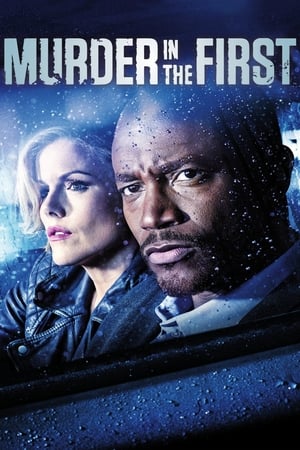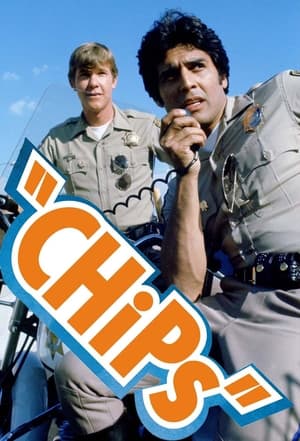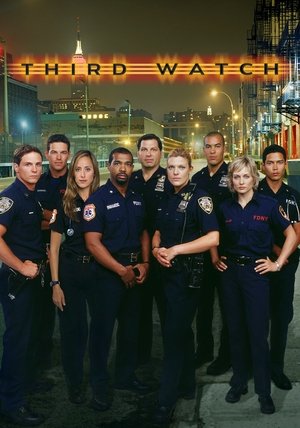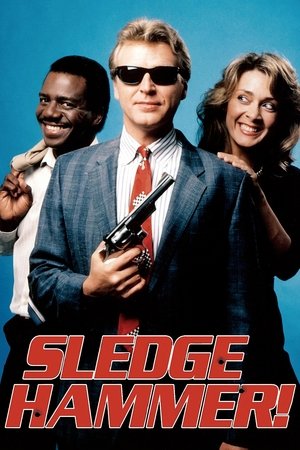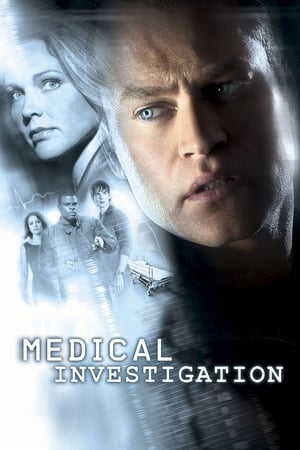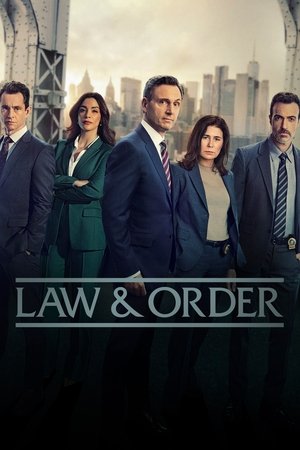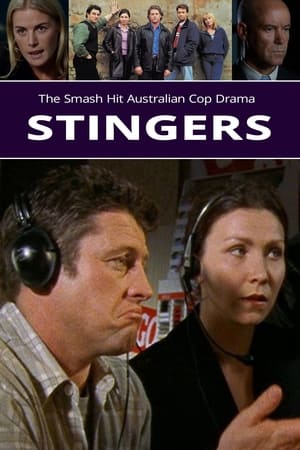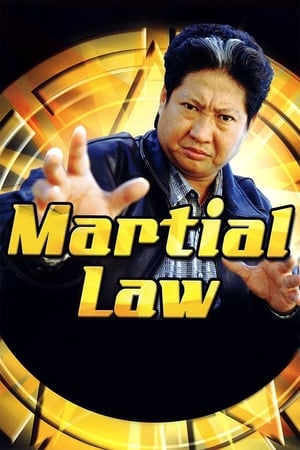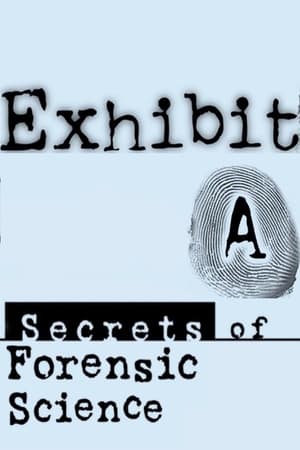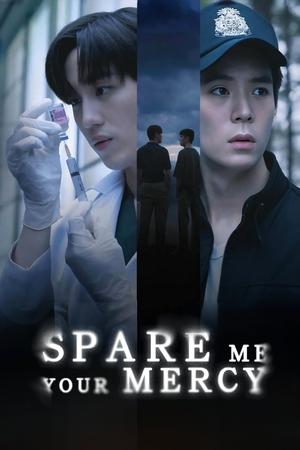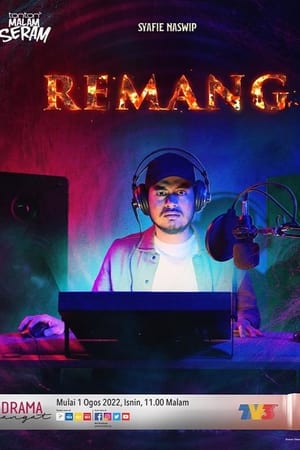Overview
Two detectives are dispatched to investigate the murder of a young girl on the outskirts of Dublin, but as the case of the missing children intensifies, both are forced to confront the darkness that lies in their past.
Reviews
**_A dark and well-made show about the effects of psychological trauma, but the bifurcated narrative is a significant mistake_**
> _What I am telling you, before you begin my story, is this – two things: I crave truth. And I lie._
- Tana French; _In the Woods_ (2007)
> _Sarte was right, Hell is other people._
- Tana French; _The Likeness_ (2008)
Airing on BBC One in the UK and Ireland and Starz in North America, _Dublin Murders_ is an eight-part series that adapts the first two novels in Tana French's _Dublin Murder Squad_ series – _In the Woods_ (2007) and _The Likeness_ (2008). And herein lies the show's biggest problem. French's series is pseudo-anthological in design; each novel has a different protagonist, and although there are common characters across all of the stories, each plot is wholly self-contained. In writing _Dublin Murders_, Sarah Phelps has made the strange decision to present the plots of the first two novels as happening concurrently, with each case bleeding slightly into the other. This doesn't even remotely work, with the events of _The Likeness_ never feeling like anything other than a half-baked B-plot that serves only to detract from the far superior material in the A-plot. It's a maddening decision, as _In the Woods_ could have made a superb five or six-part series, but instead we've got an over-long eight-parter with a ton of what feels like completely extraneous fat. Nevertheless, there is much to laud here; the acting, the cinematography, production design, and art direction, the editing and directing, and, when focusing on the first novel, much of Phelps' writing, which admirably captures the thematic and tonal essence of French's 500-page interiorised narrative.
The show takes place in 2006 and begins with the discovery of the body of twelve-year-old Katy Devlin (Amy Macken) in the woods around Knocknaree, a (fictional) housing estate in Dublin's suburbs. Detectives Rob Reilly (Killian Scott) and Cassie Maddox (Sarah Greene) of the (fictional) Dublin Murder Squad (DMS) are assigned to the case, which has attracted a great deal of attention, as twenty-two years earlier three young children disappeared in the same woods. One of those children was found a few hours after they disappeared, and although he was uninjured, his shirt was ripped as if by claws, and his shoes were filled with someone else's blood. He swears, however, that he has no memory of what happened in the woods. That child, Adam, left Ireland with his parents and as far as anyone knows, never returned. However, Rob is in fact adult Adam, having secretly returned to Ireland with a new identity, after years spent in England, a fact known only to Cassie, and he plans to use the Devlin investigation as a means to delve into the 1985 case. Meanwhile, Cassie is approached by her old boss, senior investigator Frank Mackey (Tom Vaughan-Lawlor), with an intriguing undercover operation made necessary by a very unusual murder.
Aesthetically, the show has a lot going for it. To a certain extent, it successfully mixes genres – there's the obvious whodunnit, but there's also a pseudo-_Chinatown_ motif of greed, conspiracy, and corruption, and a vaguely supernatural, otherworldly undercurrent, not unlike _Twin Peaks_. In terms of narrative structure, although the 2006-set events are presented chronologically, the show makes ample use of flashbacks, which jump around quite a bit in the timeline. That this never becomes confusing or arbitrary is a testament to the editing, which always ensures to establish the link between the show's present and the moments to which the characters are flashing back. The one major deviation from this is that the opening scene in the first episode takes place right at the end of the story, but it's a wholly justified way to begin, succinctly establishing the tone, and introducing us to much of the psychological conflict within Rob.
The cinematography is also worth mentioning, working hand-in-hand with the production design to suggest that things just aren't quite right in Knocknaree in general, and the Devlin home in specific. The world genuinely feels lived in, and the people who live here all have their quirks. It's hard to put your finger on, but the visuals do a great job of keeping the tone slightly off-kilter, sometimes suggesting that this character knows more than they're letting on, sometimes suggesting that another character does. There are also some lovely subtle details, such as the ladybird crawling across Katy's face, and the reveal that her body has attracted a colony of ants. The acting too is impressive. Scott and Greene have tremendous chemistry, which is pivotal, and although both are initially presented as likeable, if damaged, individuals, as the show goes on, both actors allow us to see a much darker side to their personas, with each turning on the people closest to them in a particularly vicious manner. Also worthy of praise are an exceptional Leah McNamara as Katy's older sister, the ever-reliable Moe Dunford as Cassie's boyfriend, Conleth Hill as the unapologetic acerbic and un-PC head of the DMS; and Peter McDonald as Katy's father, about whom something just doesn't feel right.
Thematically, much like _In the Woods_, the show isn't so much focused on the Devlin murder as it is the nature of lingering trauma. Virtually every character is damaged in some way, but none more so than Rob, who, to a certain extent, never really made it out of the woods in 1985. This is evidenced perfectly by the fact that he uses the Devlin murder as a cover to delve into the disappearance of his friends. The show begins with Rob asking Cassie, "_what if the killed are the lucky ones_?" And this is a central theme throughout – what if it's those who are murdered who could be considered free, and those who survive that are forever trapped within their trauma?
All of which brings us to the show's fatal flaw. Notice above how almost everything I've said relates to the Devlin case/_In the Woods_ rather than the undercover operation/_The Likeness_? That's because the undercover investigation does little but detract and distract from the far more interesting and compelling murder inquiry. Phelps is unable to mould the two plots to coalesce properly, with the characters in Cassie's case never being developed to even half the degree of those in Rob's. Every time we cut to the undercover case, all I wanted to do was get back to the murder case. This is particularly apparent when we get to the big reveal at the end of the undercover case and it just kind of limply sits there. It's about as "meh" as you could imagine, and it's because we've never gotten to know these people or their relationships with one another, as the whole thing never feels like anything other than an afterthought. Splitting the show's real estate does neither plot any favours – in the novels, each case works by immersing us in the interiority of the protagonist, as the plot unfolds in a manner coloured by that character's subjectivity. Continually cutting away from one plot to show us the other completely breaks that immersion, and seems to imply an inherent connection between the two plots that simply doesn't exist.
Nevertheless, although this might sound very negative, I did enjoy the show for the most part. It's well-acted, looks great, and in relation to the murder case, is very well written. A shorter run focusing on just that case would have been infinitely preferable, but that's not what we got. It's absolutely worth checking out, but be prepared to be frustrated once the undercover operation starts taking up so much time.

 English
English
 7
7
 2019
2019
 Ireland
Ireland
 Stephen Campbell wrote:
Stephen Campbell wrote: